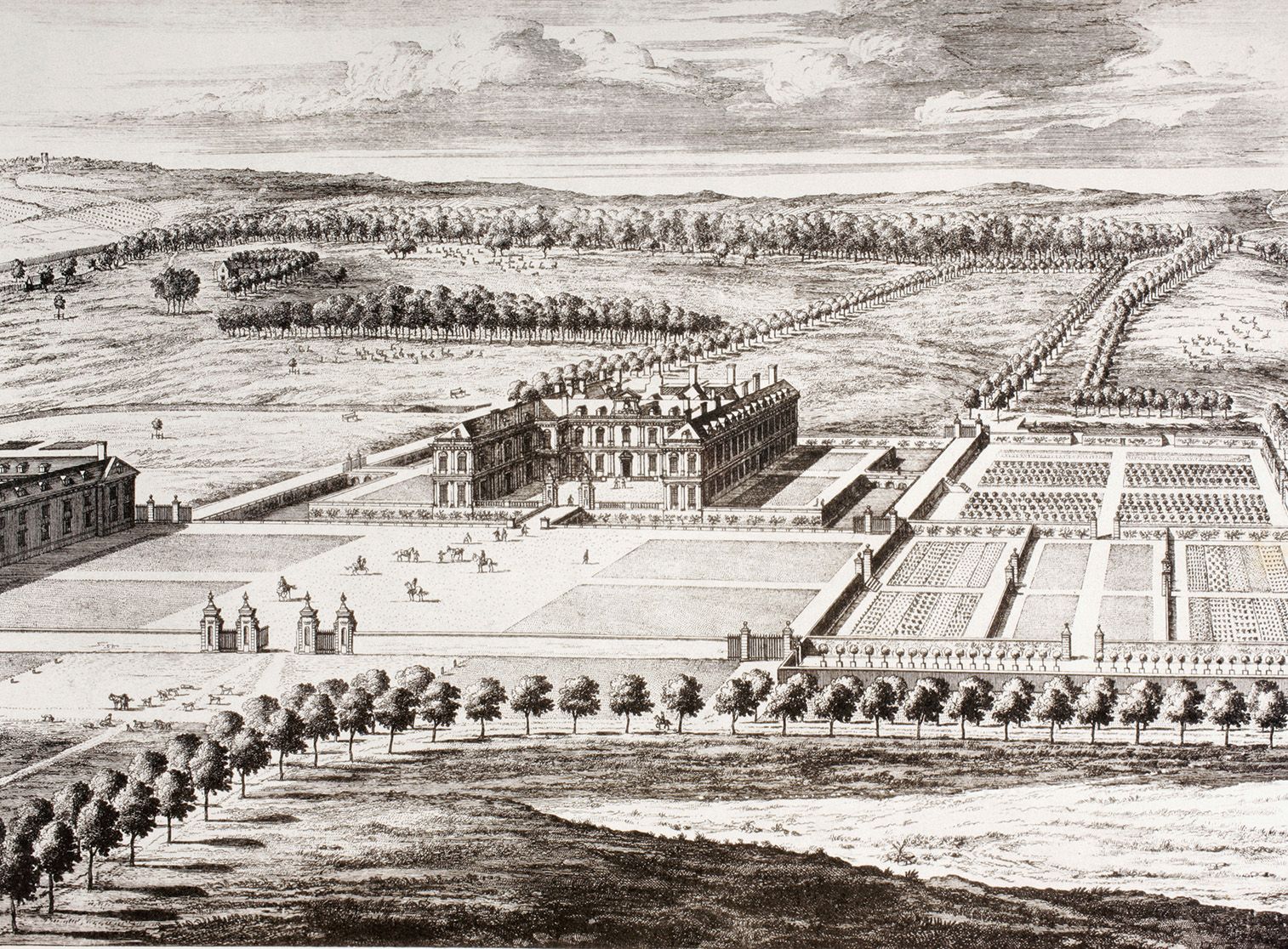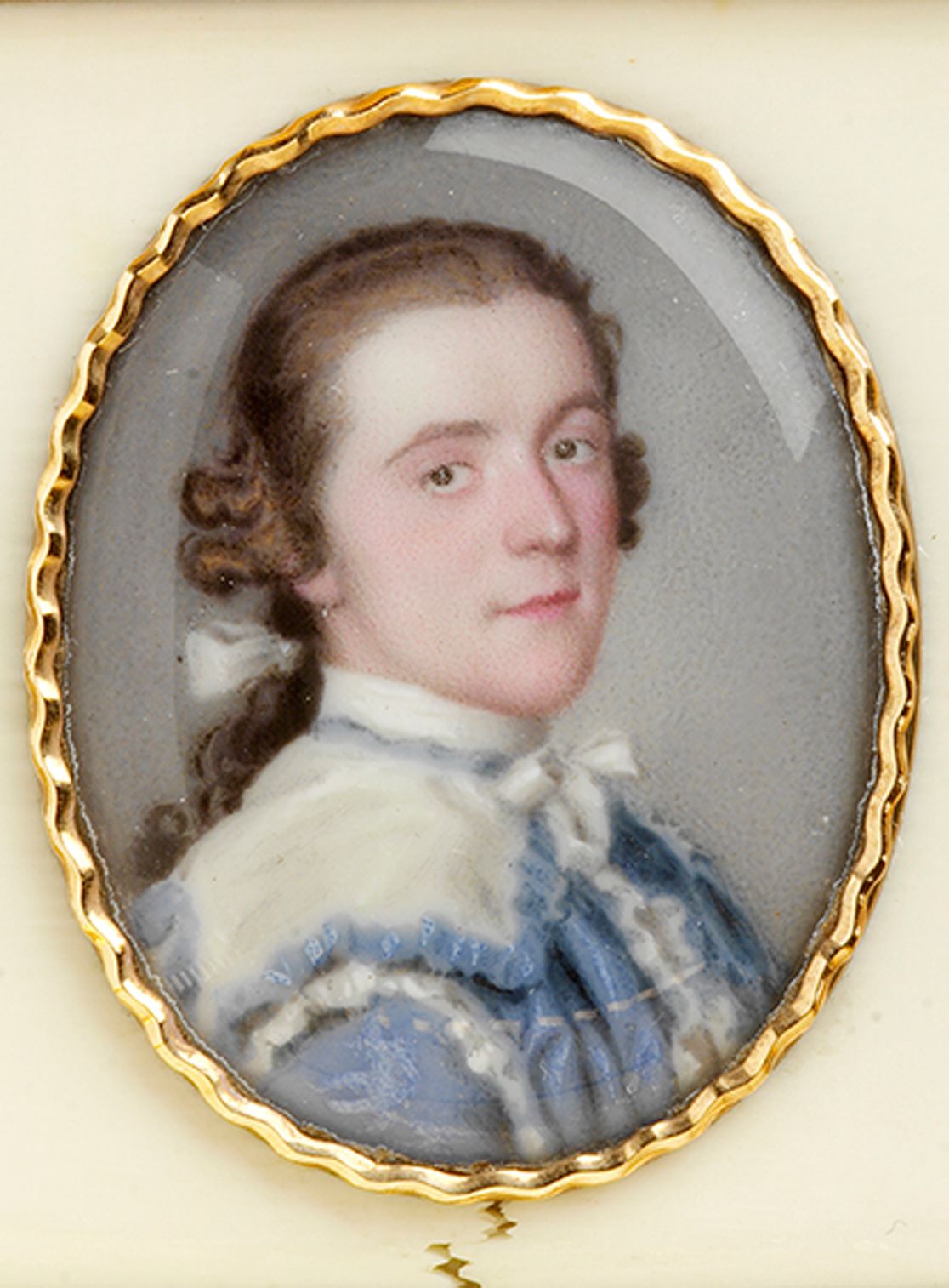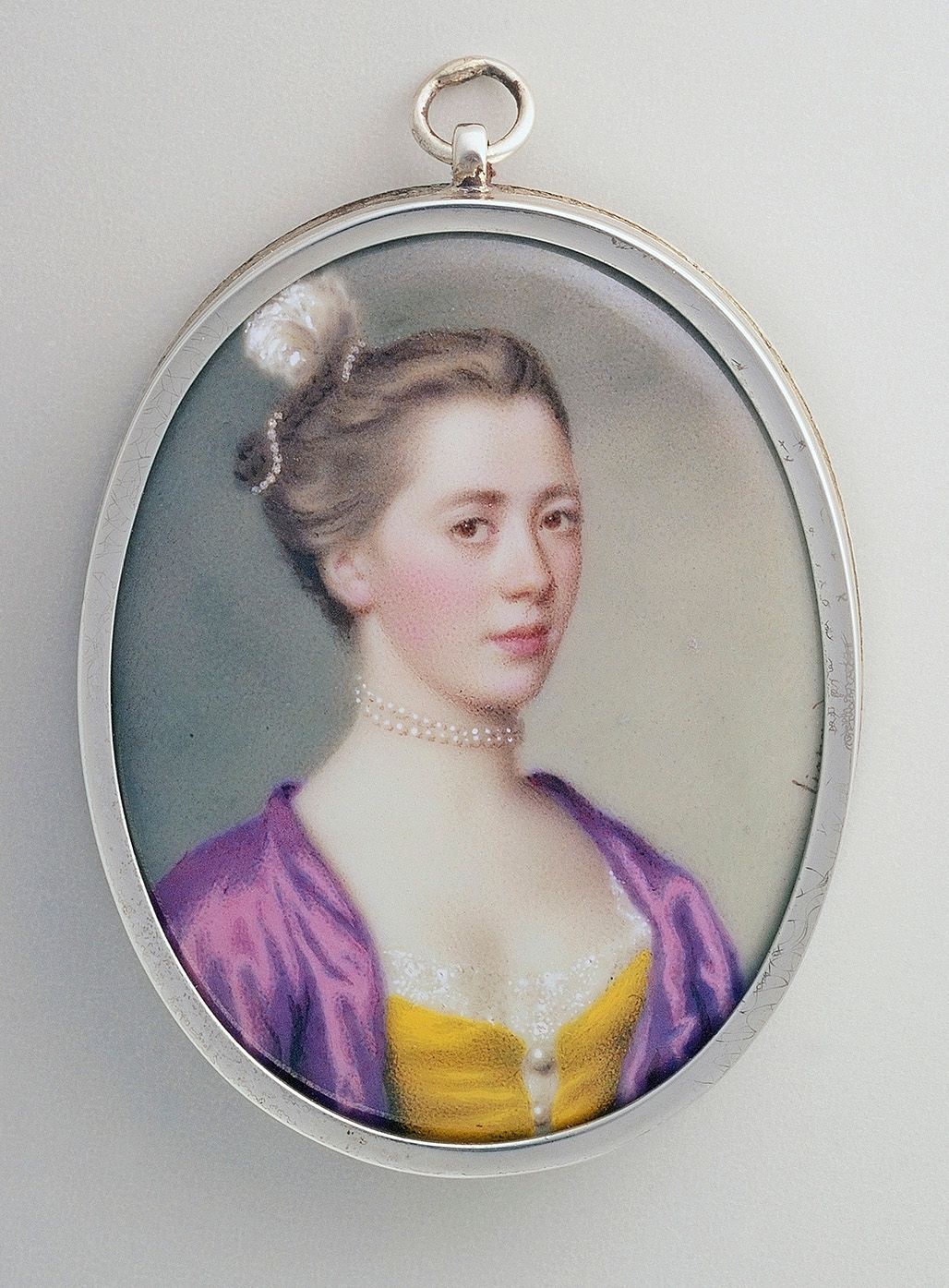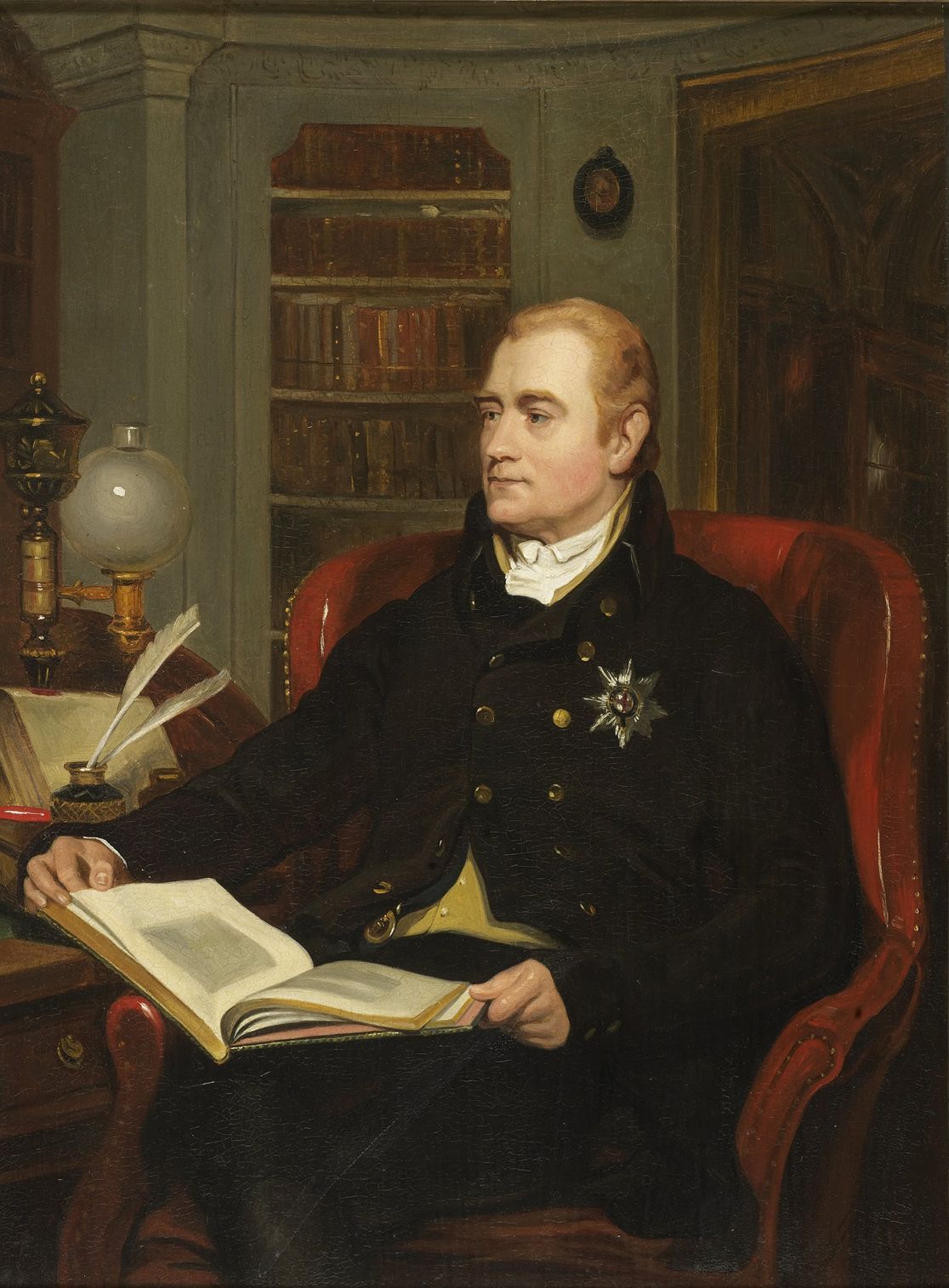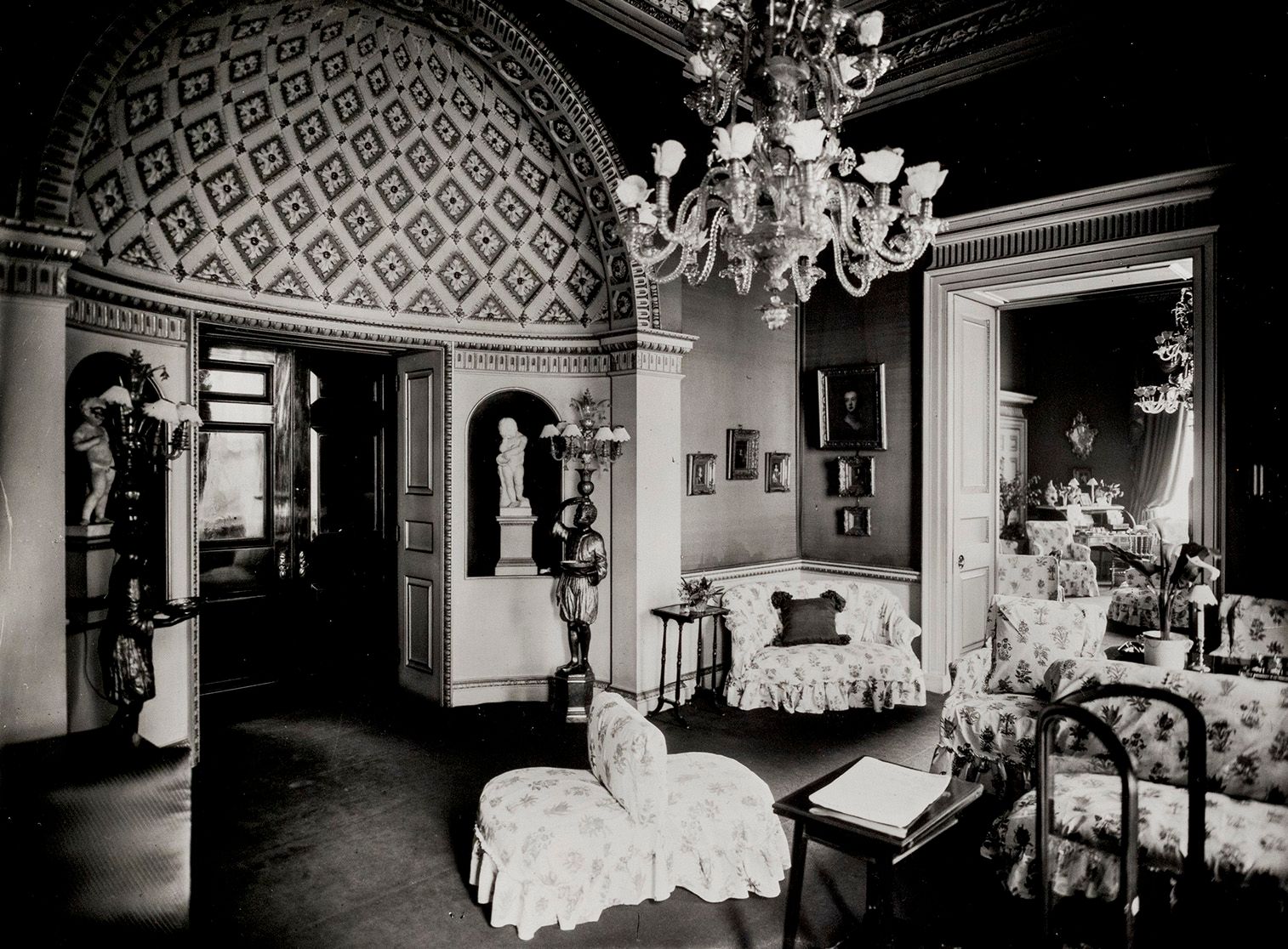The Rise of the Spencers
Originally from Wormleighton in Warwickshire, the Spencers made their fortune from sheep farming. Then, in 1508, Sir John Spencer joined the landowning elite when he bought the estate of Althorp near Northampton, which is still the country seat of the Spencer family today. Almost a hundred years later, James I raised the Spencers into the ranks of the nobility when he created Sir Robert the First Baron Spencer in 1603. Robert’s grandson, the Third Baron, supported Charles I during the Civil War and was made Earl of Sunderland in June 1643, only to die a few months later at the first battle Newbury at the age of 22.
There were to be four further Sunderland Earls, including the Third Earl who married Anne, the younger daughter of the Great Duke and Duchess of Marlborough. However, the Sunderland Earldom was to be superseded when the Fifth Earl of Sunderland also inherited the Marlborough Dukedom through his maternal aunt in 1733.
This released the Sunderland estates and several fine houses, including Althorp, for Charles’s younger brother John. Despite being a bit of a rogue, John was the Duchess of Marlborough’s favourite grandchild and when she died she left him a large share of her personal fortune. John’s wild behaviour led to an early death and his young son, also called John, inherited one of the largest fortunes in England. It is this John who used his immense wealth to build Spencer House in 1755 and who was created the First Earl Spencer in 1765.
The First Lord and Lady Spencer
‘The happiest people I ever saw in the marriage system’
William Douglas, Fourth Duke of Queensbury
John Spencer and Georgiana Poyntz were married in secret on 20th December 1755 in the Oak Room at Althorp House, a week before their official wedding day. He was 21 and she was 18. They had met a year earlier and were immediately captivated with one another. “Since I was born, I never saw anything so charming as he is,” wrote Georgiana to her friend Thea Cowper.
Despite John’s advantageous start in life, he was forbidden by an unusual clause in the will of his great grandmother, the Duchess of Marlborough, from accepting any formal position from the crown, whether in government or the court. He was nonetheless an active supporter of the Whig party, in accordance with family tradition, and maintained a warm relationship with the royal family.
John and Georgiana were both passionate about the arts, including music, theatre and adding to the already impressive art collection inherited by John. Several purchases were made during the Spencers’ Grand Tour in 1763-4 and they later employed the artist Gavin Hamilton to purchase old master paintings from Italy on their behalf. They also commissioned works from contemporary artists and many significant pieces from their collection were displayed at Spencer House.
The Spencers spent the greater part of the year in London, generally arriving in January or February and staying until July or August, with occasional visits to their suburban villa in Wimbledon. During this period, known as the ‘Season’, Spencer House was used for frequent entertaining. As well as fellow members of the titled nobility, the Spencers’ social circle included many notable cultural figures, such as the actor David Garrick, the playwright and politician Richard Brinsley Sheridan and the writer Laurence Sterne. The Spencers hosted many intimate gatherings with their close friends as well as large assemblies for hundreds of guests for which the grand reception rooms of Spencer House were designed.
The Second Generation
John and Georgiana had three surviving children. Their eldest child, Georgiana, made a spectacular match when she married the Duke of Devonshire in 1774. She went on to become one of the most memorable personalities of late 18th-century society and a leading hostess of the Whig party. Sadly, Georgiana was not to know the happiness experienced by her parents and her marriage was marred by infidelity on both sides as well as Georgiana’s crippling gambling addiction.
Her sister Harriet was also unhappily married, to the abusive Third Earl of Bessborough. She later had affairs with Richard Brinsley Sheridan and Granville Leveson-Gower, First Earl Granville. Granville, however, eventually married Harriet’s niece, the daughter of her sister Georgiana.
Their brother John inherited as the Second Earl Spencer on the death of his father in 1783. John enjoyed a hugely successful political career, culminating in his appointment as First Lord of the Admiralty during which he appointed the relatively junior seaman Horatio Nelson to head the fleet against Napoleon. His beloved wife, Lavinia, was an enthusiastic hostess and held lunch parties, banquets and other events at Spencer House almost every day of the week. Her son George described the house as a hive of activity where ‘the first society, whether of the political or the literary and scientific, were constantly received’. Notable guests of the Spencers included Sir Joshua Reynolds, the orientalist Sir William Jones and the future William IV.
The Victorian Era
John, Third Earl Spencer (1782-1845) was a hugely important figure in nineteenth-century politics, serving as leader of the House of Commons and Chancellor of the Exchequer. However, he strongly disliked the life of a politician and was relieved to resign from public life on the death of his father in 1834. Having lost his wife early and inherited significant debts from his father, Spencer lived quietly and frugally and Spencer House was little used.
Frederick, Fourth Earl Spencer (1798-1857) was the opposite of his brother and in his time Spencer House was once again a focus for lavish entertaining. He enjoyed a brilliant career at court, beginning as Equerry to the Duchess of Kent before he was promoted to Lord Chamberlain and then Lord Steward of the Queen’s Household. In July 1857 he threw a ball at Spencer House in honour of Queen Victoria for which ‘the whole mansion was illuminated with singular brilliancy, and the atmosphere was redolent of the choicest flowers, with which every available corner was studded.’ There was dancing in the Great Room followed by a grand dinner served on gold plate in the Dining Room. The Queen left at 1 o’clock in the morning but the festivities continued long into the night.
John, Fifth Earl Spencer (1835-1910) and his wife Charlotte carried on this tradition of entertaining and Spencer House was a huge asset to Spencer’s political career. He served as Lord Lieutenant of Ireland and later trod the path of his ancestor the Second Earl by serving as First Lord of the Admiralty. In 1902 he was elected Liberal leader in the House of Lords. Spencer House became ‘a great centre of Liberal hospitality’ according to the Countess of Warwick. The Scottish peer Lord Elcho argued that the Earl had three key advantages to his name, namely ‘station, wealth, and a large Whig house in the centre of London’.
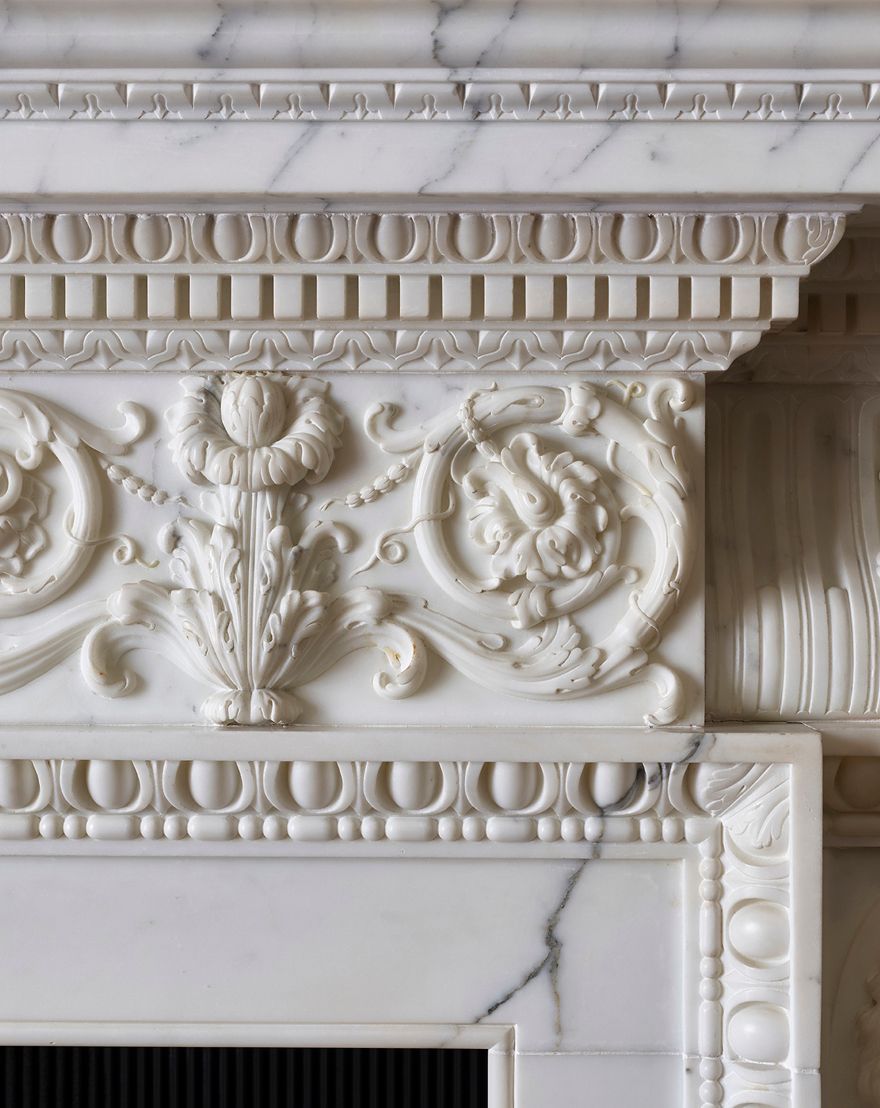
History
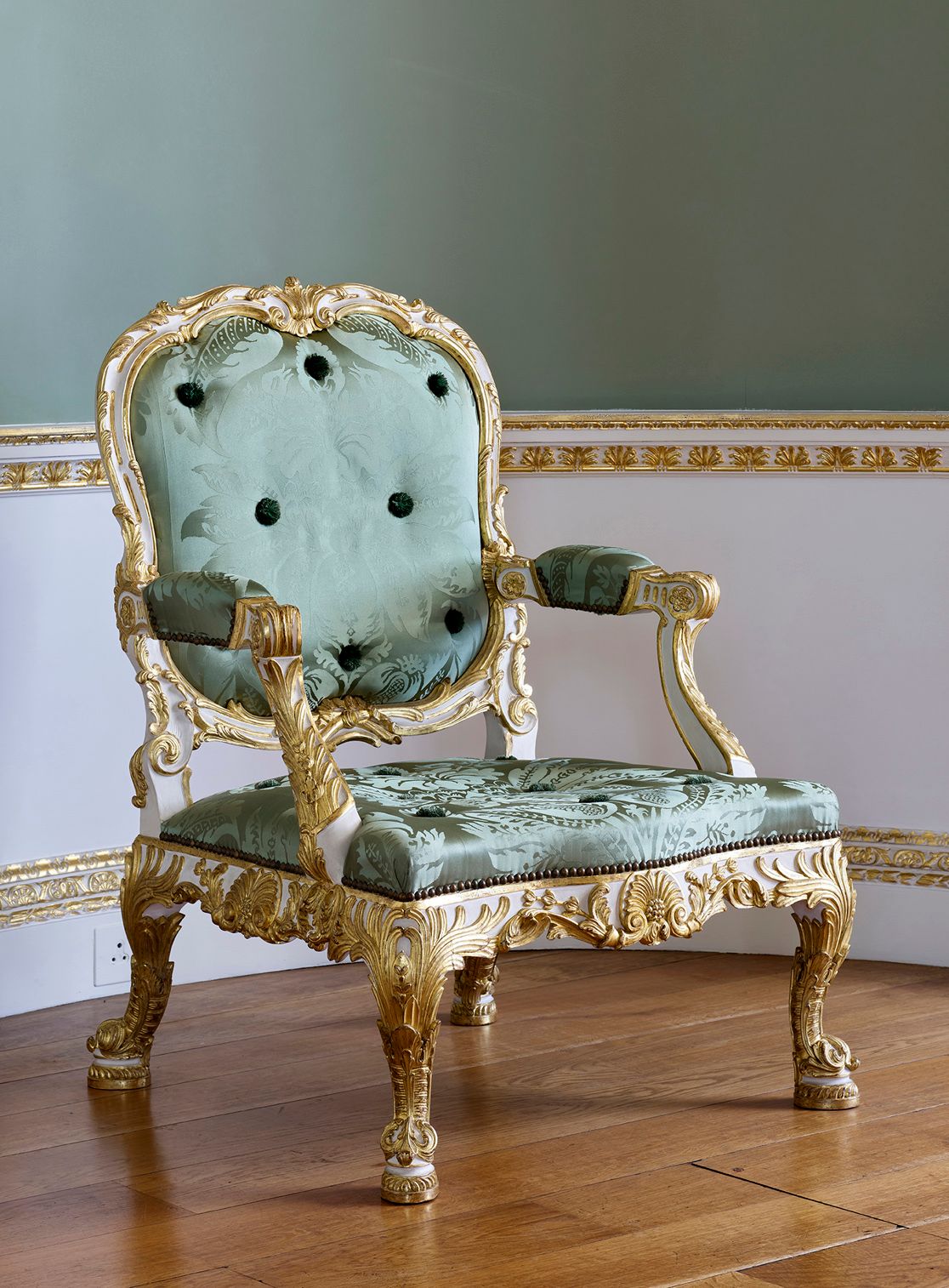
Search the Collection
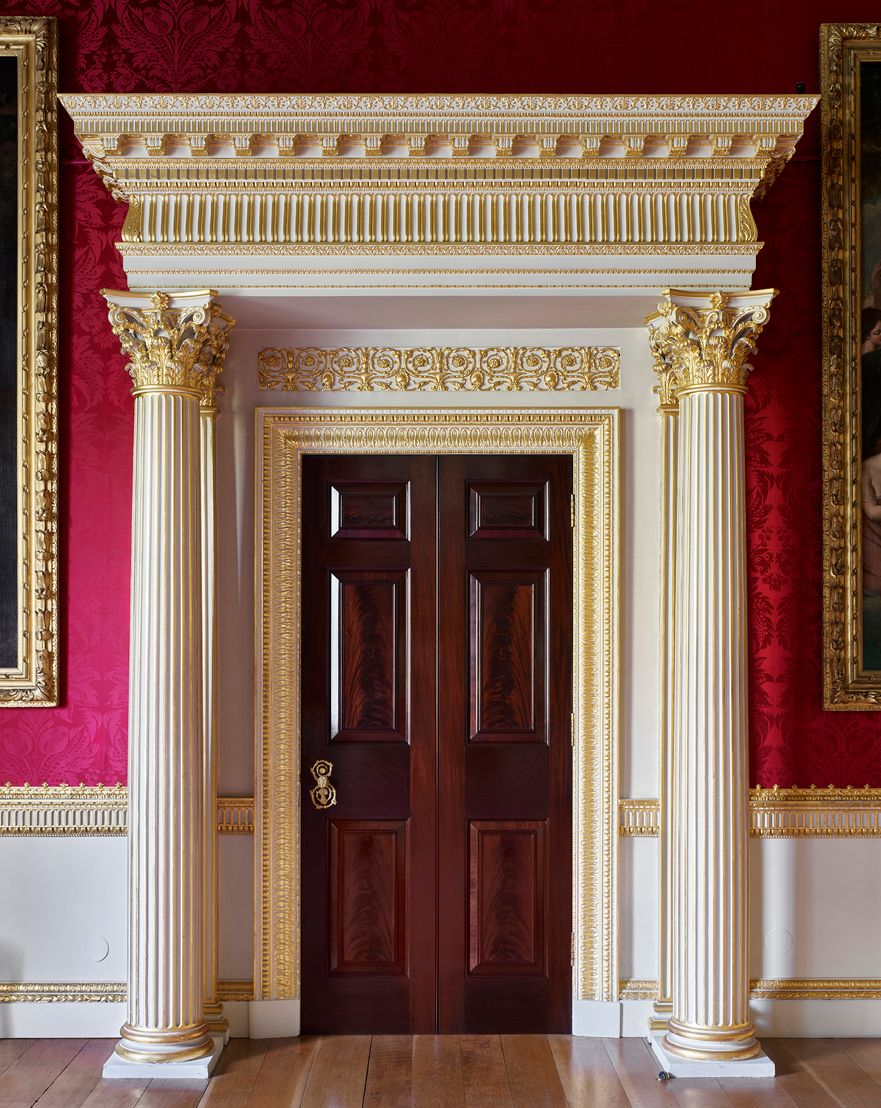
Book a Tour

Sign Up to our Newsletter
Sign up to our newsletter if you would like to receive updates about the house and details of any upcoming special tours and public events.
